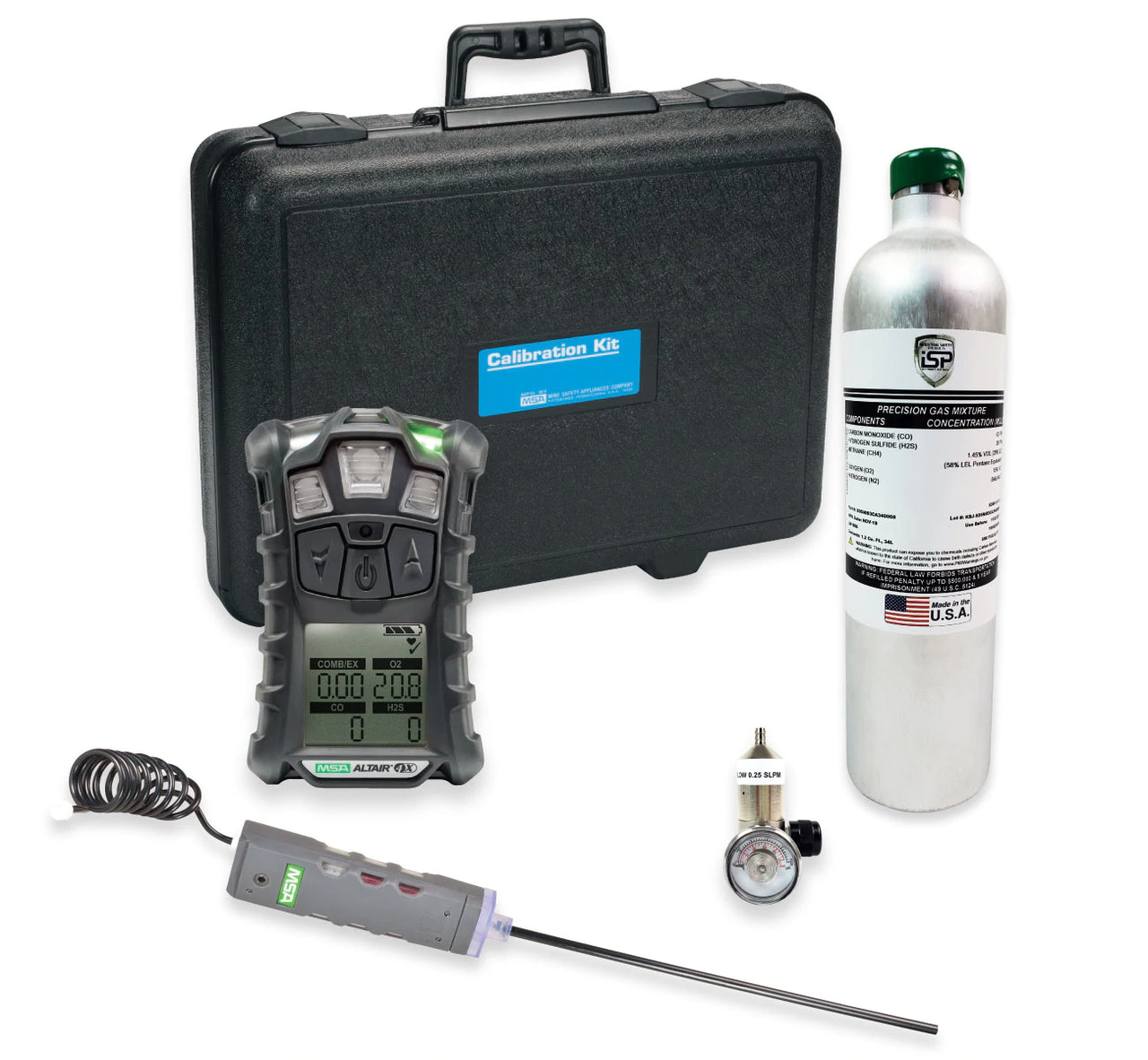If you have attended any of my Process Safety, HAZMAT/ER, or PRCS courses over the years, you will certainly recognize this hazard evaluation methodology. I learned this method even before I learned the Process Hazards Analysis (PHA) methods. The method I will discuss in this post is one that we should all use when a business wishes to bring on-site a new/different hazardous material. With the recent Nitrogen deaths in GA, I thought it may be prudent to rehash this method, as many facilities may never rise to the level of needing a true PHA as they do not recognize this method since they are not a PSM/RMP facility. I now refer to this method as my “Non-PSM Evaluation of Hazardous Material hazards”.
By using our Fire/HAZMAT code(s), we have a very methodical means of keeping hazards in a corral of sorts. As long as we play within the Maximum Allowable Quantities (MAQ) box, then our layers of protection are minimized based solely on the limited amount of the HAZMAT available to create a serious hazard. Granted, the MAQs are based on the inherent hazard(s) of the HAZMAT so some HAZMATs come with a very small quantity such that a business just can not stay within those confines of the code. But even when we introduce a HAZMAT to a workplace in quantities that are within the MAQ, we do so with increased risks and therefore, before we allow these increased risks we MUST FIRST understand what these risks are and how they will impact our employees, facilities, and business (in that order mind you!).
But here is a flaw in the codes… Within the context of the code, inert gases do not exhibit either physical or health hazard properties as defined (other than acting as a simple asphyxiant) or hazard properties other than those of a compressed gas. So inert gases and cryogenic liquids, such as Nitrogen, do not have MAQs! See TABLE 5003.1.1(1) MAXIMUM ALLOWABLE QUANTITY PER CONTROL AREA OF HAZARDOUS MATERIALS POSING A PHYSICAL HAZARD and TABLE 5003.1.1(2) MAXIMUM ALLOWABLE QUANTITY PER CONTROL AREA OF HAZARDOUS MATERIAL POSING A HEALTH HAZARD
These gases (see TABLE 105.6.8 PERMIT AMOUNTS FOR COMPRESSED GASES) and cryogenic liquids (see TABLE 105.6.10 PERMIT AMOUNTS FOR CRYOGENIC FLUIDS) do have “operating permit” requirements, but many states do not adopt/enforce these permit requirements.
So if we do not have to get an inspection from the AHJ for our operating permit AND there are no MAQs established, what structure do we have left to evaluate the hazards of the HAZMATs?
Because of these SERIOUS hazards, the provisions in Chapter 53 for compressed gases and Chapter 55 for cryogenic fluids are applicable regardless of whether the stored gas or cryogenic fluid is inert and these requirements are NOT based on any quantities.

